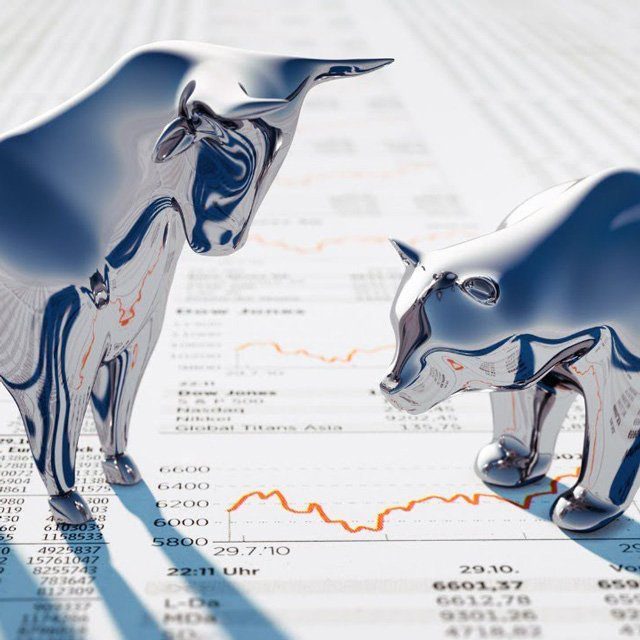Don't Buy the Dip Too Early in a Bear Market, Analysis Warns

In the past seven decades, early investors saw better results only in 1982, 1990 and 2020 — all times in which the Federal Reserve had already been cutting interest rates, Suzuki noted. Given that the Fed is likely to keep raising rates at the same time earnings are starting to slow, “it seems premature to be significantly increasing equity exposure today,” Suzuki said in the post, published Aug. 16.
The article pre-dated Friday’s drop of more than 1,000 points in the Dow Jones Industrial Average, which followed Fed Chairman Jerome Powell’s hawkish comments at the Fed’s economic conference in Jackson Hole, Wyoming. The stock sell-off continued Monday morning, with the Dow down more than 300 points, or nearly 1%, at one point.
Two market rules remain steadfast, Suzuki wrote: Future cycle leadership always differs from previous market leadership, and bear markets always signal a leadership change. The sell-off this year “has been the market’s way of trying to hit investors over the head with the idea that they should avoid clinging to yesterday’s winners, but few seem to be listening,” he said.
“Rather than rotating portfolios away from bubble assets, investors tend to view the initial price declines as attractive opportunities to buy secular growth at huge discounts,” he said, adding that the history of bubbles suggests assets don’t quickly return to being great investments.
In the 2½-year bear market associated with the 2000-2002 tech crash, the Nasdaq 100 Index had 16 bear market rallies exceeding 10% during its 83% decline; three of those rallies surpassed 30%, Suzuki noted.




